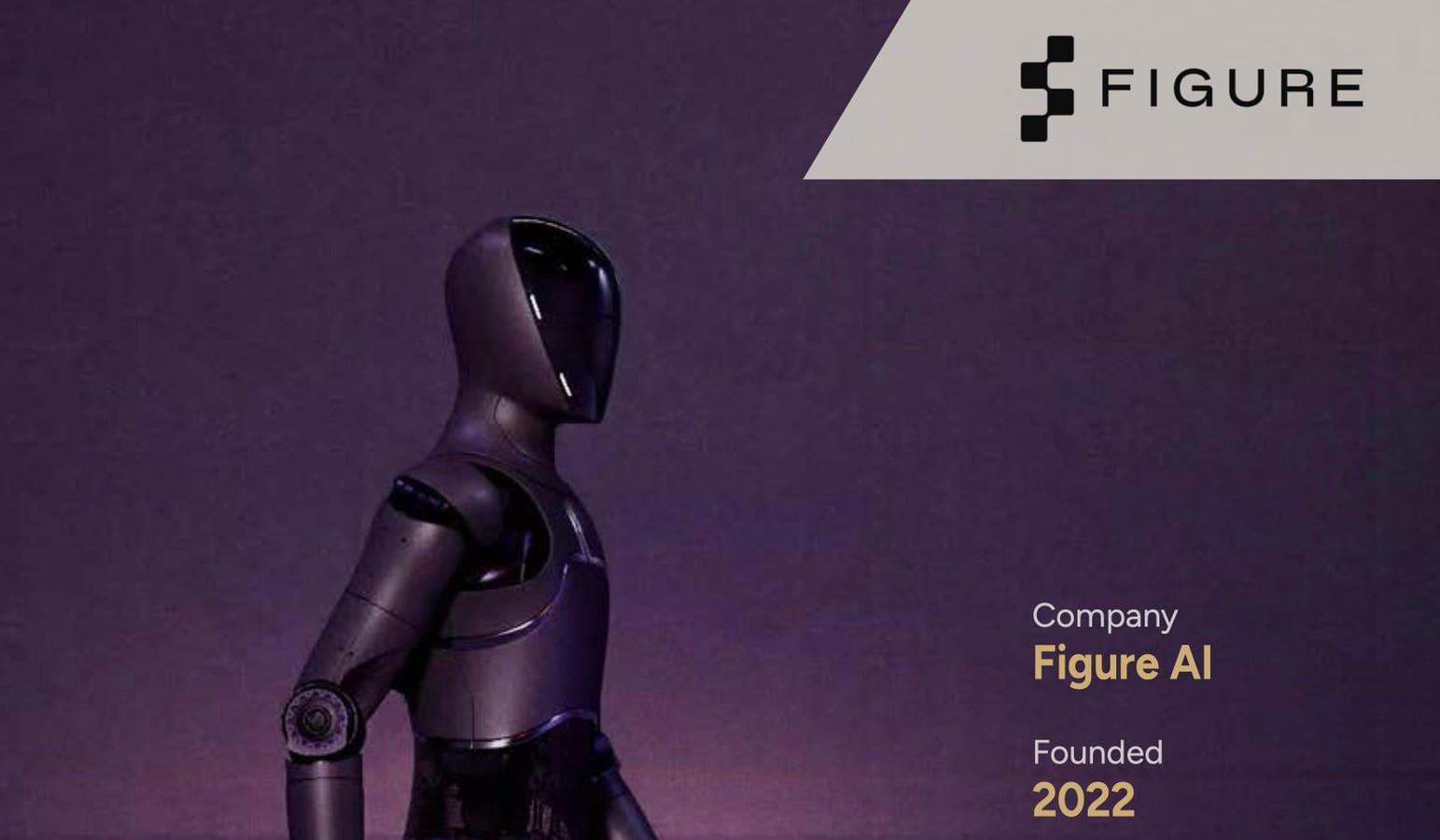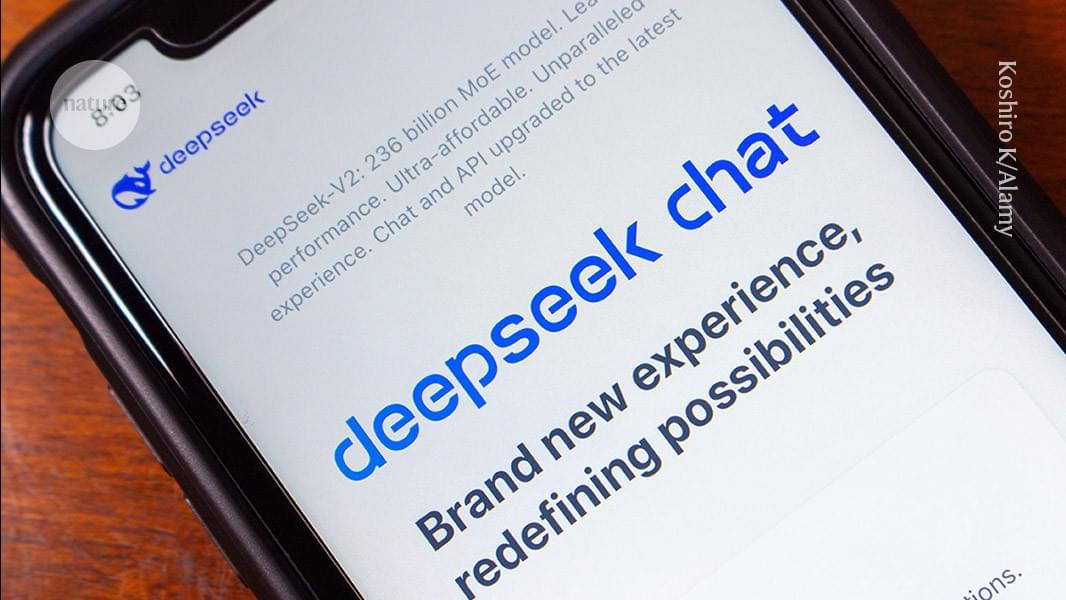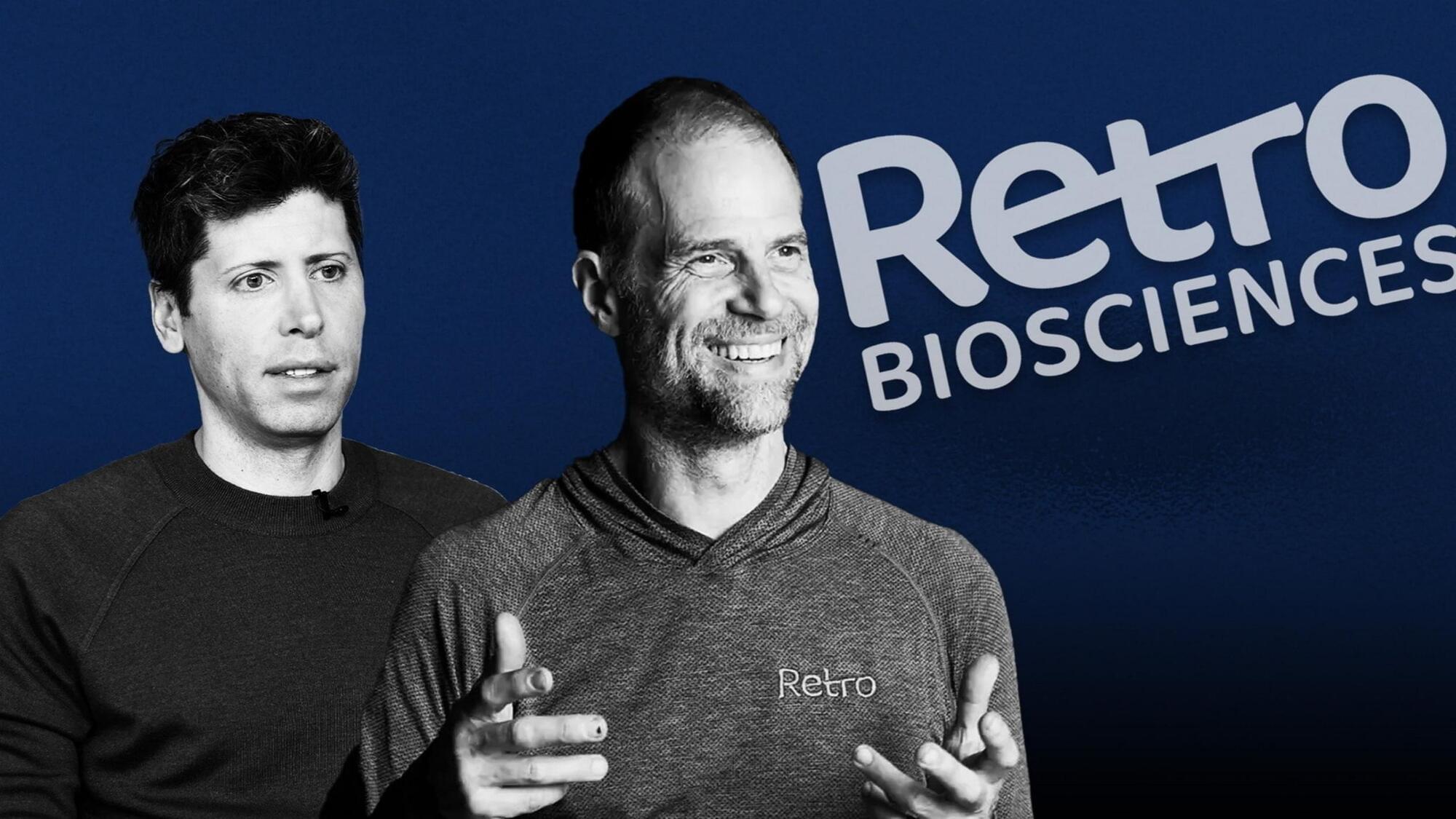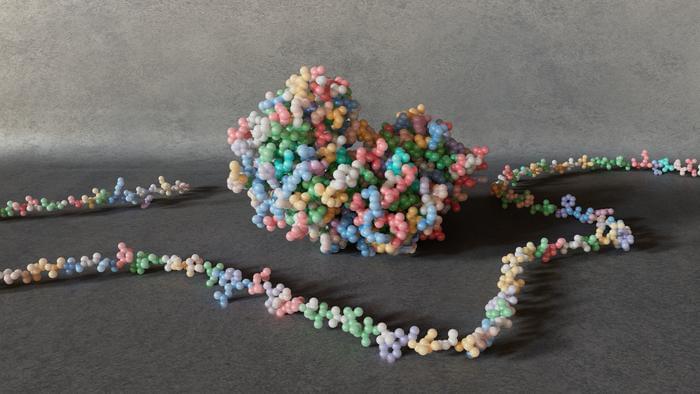In today’s AI news, a majority of senior executives across multiple industries expect AI to fundamentally reshape their businesses in the next 12 to 24 months, according to KPMG’s latest AI Quarterly Pulse Survey. According to the survey, 68% of executives plan to invest between $50M and $250M into GenAI over the next 12 months, marking a substantial increase from 45% in Q1 of 2024.
S chief AI scientist, Yann LeCun, the biggest takeaway from DeepSeek In other advancements, hot healthcare startup Rad AI has raised a Series C funding round. The company, which creates AI-powered tools for radiologists, grabbed $60 million dollars of fresh funding in a Series C round led by Transformation Capital, according to two sources, the new fundraise valued Rad AI at $525 million.
Meanwhile, Alphabet’s Google, already facing an unprecedented regulatory onslaught, is looking to shape public perception and policies on artificial intelligence ahead of a global wave of AI regulation. A key priority comes in building out educational programs to train the workforce on AI. “Getting more people and organizations, including governments, familiar with AI and using AI tools, makes for better AI policy and opens up new opportunities.”
T be fixated on the best big model … + Then, join renowned investor Ray Dalio of Bridgewater Associates, for an engaging fireside chat with Merantix Capital Co-Founder, Rasmus Rothe exploring the enormous potential of artificial intelligence in decision-making, innovation, and global investing.
And, artificial general intelligence could possess the versatility to reason, learn and innovate in any task. But with rising concerns about job losses, surveillance and deepfakes, will AGI be a force for progress or a threat to the very fabric of humanity?
We close out with, a thought-provoking panel discussion, moderated by Becky Anderson, Anchor & Managing Editor of CNN Abu Dhabi, featuring Ian Bremmer, President and Founder of Eurasia Group and GZERO Media; Nadia Calviño, President of the European Investment Bank; Ngozi Okonjo-Iweala, Director General of the WTO; Brad Smith, Vice Chair and President of Microsoft; and Peng Xiao, CEO of G42.
Thats all for today, but AI is moving fast, Like, comment, and subscribe for more AI news! Please vote for me in the Entrepreneur of Impact Competition today! Thank you for supporting my partners and I, it’s how I keep Neural News Network free.






